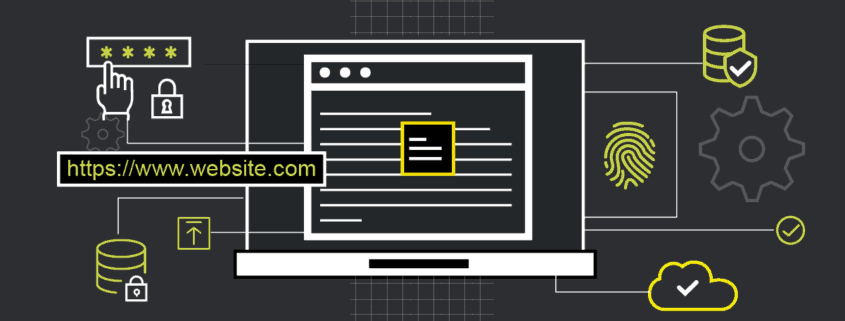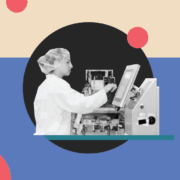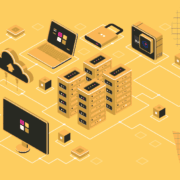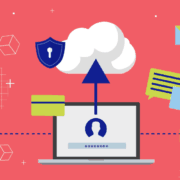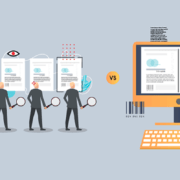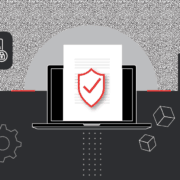Logical System Security as Crucial to Data Integrity as Physical Measures
Date: July, 2019 | Category: Quality | Author: Ryan Szporer
When you hear the word “security,” what comes to mind? Maybe you think of the stereotypical security measures that have crept into our collective consciousness as clichés to show how hard getting into specific places can be.
I mean, when the suave James Bond smooth talks and sneaks his way into a top-secret facility, everyone watches in amazement. It turns out there’s a reason because it’s never so simple. The truth is, however many guards, walls, doors, and Closed Circuit Television (CCTV) cameras there may be, they only represent half the battle. When it comes to data integrity, half won’t suffice.
Physical vs. Logical System Security
Of course, “integrity” here refers to the state of data over its entire lifecycle, during which it must stay reliable and accurate to meet compliance requirements with regulatory bodies like the Food and Drug Administration (FDA). Those aforementioned measures meanwhile make up the physical component of security.
While physical security is undeniably important, so is logical system security, which manages access to computer systems. In fact, the two can actually complement each other in more ways than one. At least if it’s done right.
Imagine a computer system containing confidential data that can only be accessed by entering a valid username and password combination. That’s logical system security at work, at least in one form. It’s nevertheless harder to gain access to the data when there’s a locked door standing between the system and someone with malicious intent, regardless of how difficult it might be for them to simply log in to the computer were the door not there in the first place.
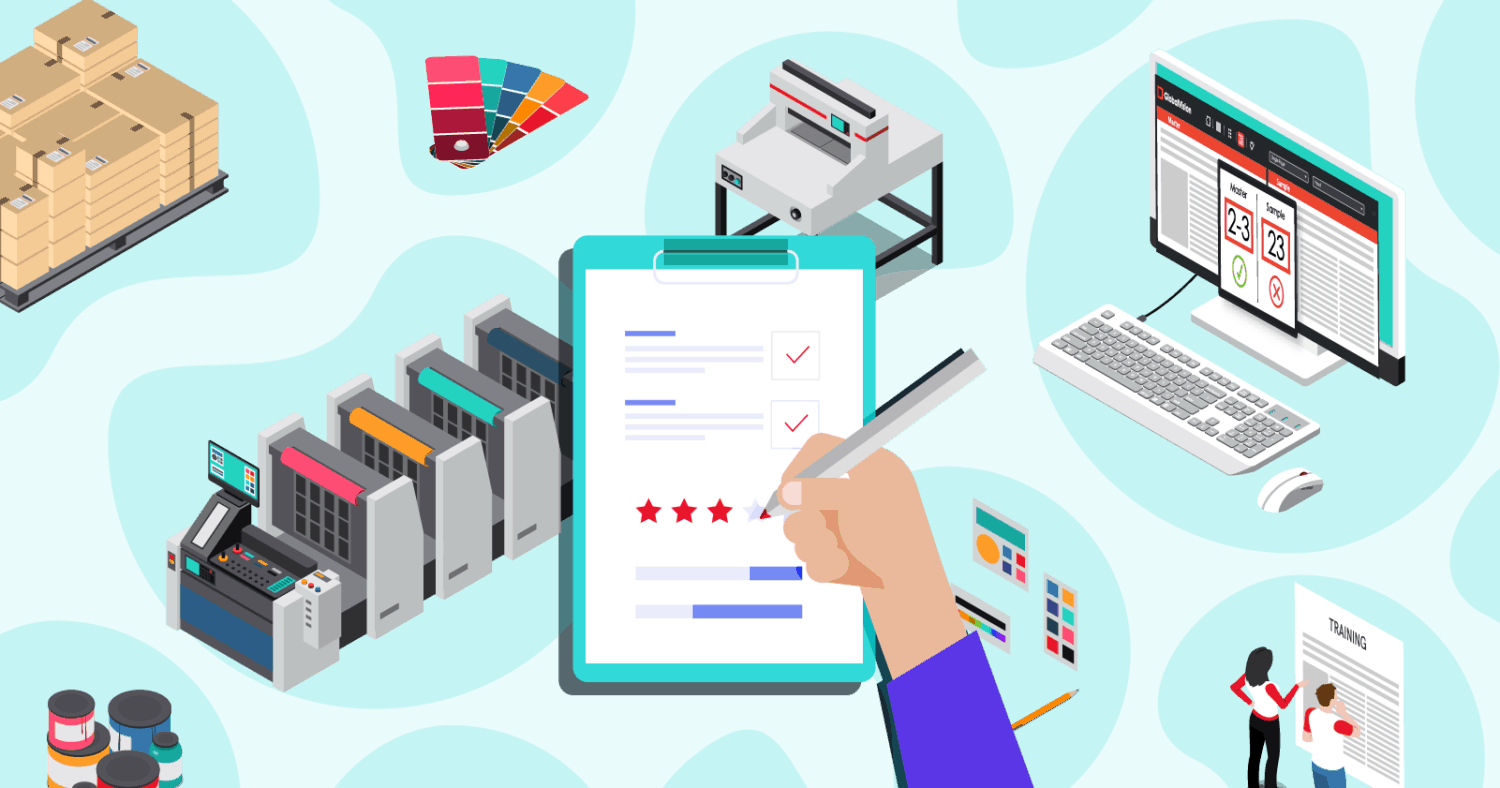
The Convergence of Physical and Logical System Security
However, what if cybersecurity measures were taken to lock the door instead? In that way, both types of security integrate perfectly with one another to give companies the best of both worlds when it comes to limiting system access. Of course, limited system access is one way to secure data, with at least two unique pieces of information ideally being required (two-factor authentication; username, password, etc.).
Both limited system access and the protection of the physical and logical security of systems are also two ways to help ensure data integrity.
There are undeniable barriers to integrating the two, even if the payoff would theoretically be worth it. The cost of updating systems is huge, while compatibility and communication between systems are just as big of a consideration. However, while costs do loom large, certain industries are being forced into automating and converging their physical and logical security technologies to a greater degree.
Chief among them, for example, would be the banking industry, in which corporations are being held to a greater standard with regard to how they handle client data in a post-GDPR world.
Ultimately, it comes down to whether or not corporations should invest now to update their security systems or pay for it after the fact. Penny-pinching only goes so far when the resulting grainy CCTV footage ends up being worth less than a grain of salt as far as its value in preventing security breaches, even as a mere deterrent.
That goes double for logical security measures. In today’s day and age, you need to keep up with the latest in encryption and/ or login management. The latter of which should feature a hierarchy of access levels requiring unique user ID and password combinations, like in the GlobalVision Quality Control Platform.
The Information Technology Angle to Security
Both of the above features are examples of requirements to comply with FDA regulations. However, just like software itself doesn’t ensure compliance and is only a tool used to achieve it, physical and logical security measures alone are not enough.
It takes a concerted effort on the part of a company to not only oversee the implementation of proper security protocols but enforce them to boot.
From an IT departmental perspective, enforcement implies a whole lot more than keeping up with software updates and patches. Strengthening security depends on a variety of methods available to IT professionals, including:
- Permissions, whereby users are allowed to perform tasks in specific applications based on their responsibilities and
- Detective controls, like anti-virus and/ or error-detection software to help improve response time when something is actually determined to be amiss.
Obviously, technology, by its very definition, is ever-changing. All the precautions and security requirements that go into protecting it and assets like data must evolve at the same time. Otherwise, however secure they might have been yesterday won’t matter.
It’s not about thinking outside the box to keep people from getting in, but keeping up on trends to make sure you and everyone else who’s been granted access stay one step ahead instead. It can get tiresome, but it beats the alternative: an unavoidable degree of uncertainty with regard to the future of your business prospects. Insecurity comes in many different forms, after all.
Related articles:

